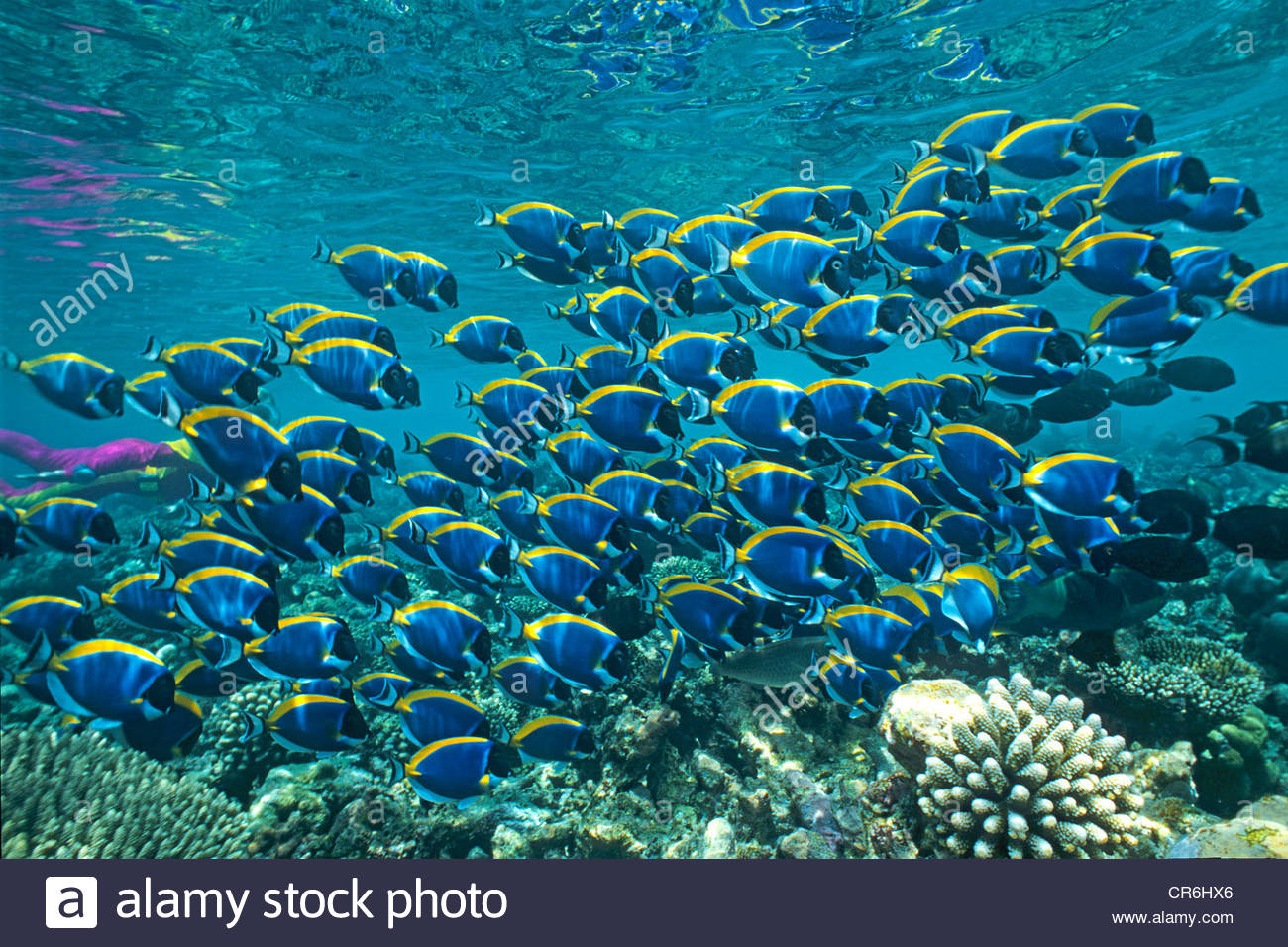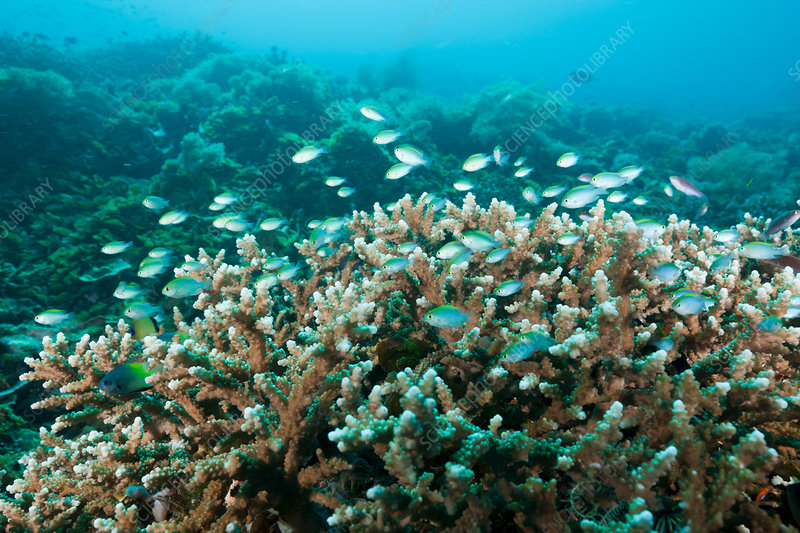Navigation
Install the app
How to install the app on iOS
Follow along with the video below to see how to install our site as a web app on your home screen.
Note: This feature may not be available in some browsers.
More options
You are using an out of date browser. It may not display this or other websites correctly.
You should upgrade or use an alternative browser.
You should upgrade or use an alternative browser.
Fish aggression "ratings"- how valid/useful?
- Thread starter Trever
- Start date
- Tagged users None
@jgirardnrg what was the worst case scenario specifically- what was the fish doing to other inhabitants?
Constantly attacking anything that moved in the tank. Every 10 seconds something was being attacked... it would dart from across the tank and whack another fish/crab/snail/etc.
- Joined
- Feb 19, 2020
- Messages
- 671
- Reaction score
- 353
@jgirardnrg when you say "whack"... what specifically? Charge? Bite fins? Put the victims head in it's mouth?
I know what I just dealt with. Trying to understand the kind of damage a "bad" fish might do before one can get it out.
In my case, I was able to rescue the wrasse who was being attacked and restore peace to the galaxy. But wondering what other aggression might look like, and thus the "cost" of any risks with a semi-aggressive fish.
I know what I just dealt with. Trying to understand the kind of damage a "bad" fish might do before one can get it out.
In my case, I was able to rescue the wrasse who was being attacked and restore peace to the galaxy. But wondering what other aggression might look like, and thus the "cost" of any risks with a semi-aggressive fish.
My flameback angel bullied my watchman goby so bad, he jumped out of the tank through a hole smaller than him. My new clown was bullied so bad his fins were shred and swim bladder burst within 5 minutes of entering the tank.@jgirardnrg when you say "whack"... what specifically? Charge? Bite fins? Put the victims head in it's mouth?
I know what I just dealt with. Trying to understand the kind of damage a "bad" fish might do before one can get it out.
In my case, I was able to rescue the wrasse who was being attacked and restore peace to the galaxy. But wondering what other aggression might look like, and thus the "cost" of any risks with a semi-aggressive fish.
Flameback went back to LFS And clown recovered in quarantine. Tank is much more peaceful now.
@jgirardnrg when you say "whack"... what specifically? Charge? Bite fins? Put the victims head in it's mouth?
I know what I just dealt with. Trying to understand the kind of damage a "bad" fish might do before one can get it out.
In my case, I was able to rescue the wrasse who was being attacked and restore peace to the galaxy. But wondering what other aggression might look like, and thus the "cost" of any risks with a semi-aggressive fish.
Constant charging, chasing and harassing, nipped fins and tails etc.. If I had not moved the 2 other damsels to the sump until I caught the bully they'd be dead. And these are juvenile fish... the bully was the largest of the three and was just over an inch long.
When we talk about aggression we must consider the following about schooling fish:
There is something to consider about "schooling fish" most of the fish sold for home aquaria are not schooling fish, and the ones that schools would be impossible to keep them in out systems, have you ever seen a school of tangs in the wild? They are in the thousands and the schools spans for hundred off feet.
So what is schooling:
Schooling is a behavior that some fish species assume when they congregate in huge numbers to protect from predators, a school of fish has a collective brain and they can behave as one gigantic fish that confuse predators, usually schooling fish cover lot of miles a day swimming. Example tangs:

So now take a look at Damsels (includes chromis and clowns), generally at the LFS they are cheap and sell them like schooling fish, so you get 3 yellowtail or 10 chromis. So if you look at the pictures of reefs with damsels:

They look like they are schooling over that coral, but that's not true when you are diving and you get close to that coral they will not move as one big fish, each of one of those will get cover inside it's little cave or piece of coral, so when they are out they are guarding they little territory only and not caring of each other. most of the time they are fighting for dominance of the best piece of real estate in that coral.
So what happens when you add multiple damsels to a fish tank, at the beginning they look like they are hanging out or schooling, but basically they are adapting and freaking out but once they start to settle the war is on for the best piece of real estate, and not only against their own kind also the ones that have the same feeding/housing requirements, as another member said fish will protect their territory and the intruder most of the time will leave, but in our small boxes the intruder cant leave.
So is important to design our tanks aquascape thinking what kind of fish and how many of them you will have so we can have better success.
I will share my story wit aggressive fish:
When I started my RSR 250 (55 gal DT) I wanted to have the following fishes:
So in my case the Yellow Damsels that are labeled as the devil with fins are model citizens.
Sorry for the long post... thanks for reading if you made to here.
You can have more datailed info on my build thread.
There is something to consider about "schooling fish" most of the fish sold for home aquaria are not schooling fish, and the ones that schools would be impossible to keep them in out systems, have you ever seen a school of tangs in the wild? They are in the thousands and the schools spans for hundred off feet.
So what is schooling:
Schooling is a behavior that some fish species assume when they congregate in huge numbers to protect from predators, a school of fish has a collective brain and they can behave as one gigantic fish that confuse predators, usually schooling fish cover lot of miles a day swimming. Example tangs:

So now take a look at Damsels (includes chromis and clowns), generally at the LFS they are cheap and sell them like schooling fish, so you get 3 yellowtail or 10 chromis. So if you look at the pictures of reefs with damsels:

They look like they are schooling over that coral, but that's not true when you are diving and you get close to that coral they will not move as one big fish, each of one of those will get cover inside it's little cave or piece of coral, so when they are out they are guarding they little territory only and not caring of each other. most of the time they are fighting for dominance of the best piece of real estate in that coral.
So what happens when you add multiple damsels to a fish tank, at the beginning they look like they are hanging out or schooling, but basically they are adapting and freaking out but once they start to settle the war is on for the best piece of real estate, and not only against their own kind also the ones that have the same feeding/housing requirements, as another member said fish will protect their territory and the intruder most of the time will leave, but in our small boxes the intruder cant leave.
So is important to design our tanks aquascape thinking what kind of fish and how many of them you will have so we can have better success.
I will share my story wit aggressive fish:
When I started my RSR 250 (55 gal DT) I wanted to have the following fishes:
- Clowns.
- Damsels.
- Firefish.
- YWG.
So in my case the Yellow Damsels that are labeled as the devil with fins are model citizens.
Sorry for the long post... thanks for reading if you made to here.
You can have more datailed info on my build thread.
- Joined
- Feb 19, 2020
- Messages
- 671
- Reaction score
- 353
Constant charging, chasing and harassing, nipped fins and tails etc.. If I had not moved the 2 other damsels to the sump until I caught the bully they'd be dead. And these are juvenile fish... the bully was the largest of the three and was just over an inch long.
Good to know it was juveniles. I have wondered if my fish was so aggressive because it was the larger fish, but in any case, a younger fish won't necessarily be more peaceful.
Good to hear these warning stories.
- Joined
- Feb 19, 2020
- Messages
- 671
- Reaction score
- 353
I learned from my LFS that my Royal Gramma may have come out of one of their customer maintenance tanks (a tear down, eg). I'm upset by that because I had told her I didn't want a fish from that group. Perhaps that would in some way explain why it was so horrible (aggressive) to the baby yellow coris wrasse. The LFS didn't think so, said these random things can happen. Also claimed that adding an Azure Damsel as the last fish in the tank would unlikely to be a problem.
Shrug.
Shrug.
Azure damselfish don't tend to be too aggressive, and adding them last helps negate that aggression. So, they're right about that. As for the gramma, no, I highly doubt being out of a torn-down tank would have affected it. I think you had a problem because the gramma was added before a fish with a relatively similar body shape and similar coloring, and possibly because it was an unusually aggressive individual. Which can happen, and should always be considered a possibility when combining fish.
Similar threads
- Replies
- 7
- Views
- 191















